Podcast: Play in new window | Download | Embed
In 1971, Eric Doornekamp led a group of yoga enthusiasts to establish the Lotus Yoga Centre and Retreat in Aro Street, Wellington. Almost half a century on, the Lotus Yoga Centre Charitable Trust is branching out and developing an Eco-Village. The Lotus Eco Village will be built in Paraparaumu, on a 3 hectare site purchased by the Trust in 1985. Project Manager Simon Wallace shared with me how he plans to create affordable, healthy houses.
We are responsible for creating a sustainable future for the planet.
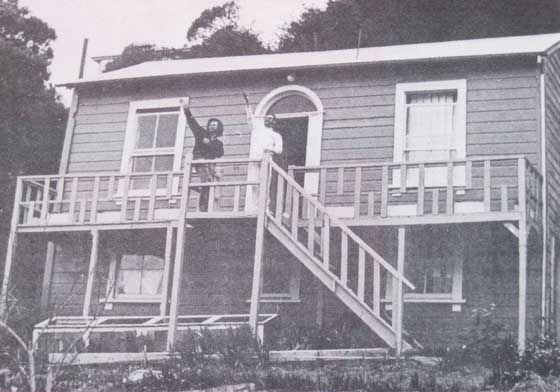
Development Rollercoaster
Simon Wallace describes the Lotus Eco Village development processes as being a rollercoaster ride. Their plans have changed a number of times. The number of dwellings alone has ranged from 15 to as many as 27 individual houses.
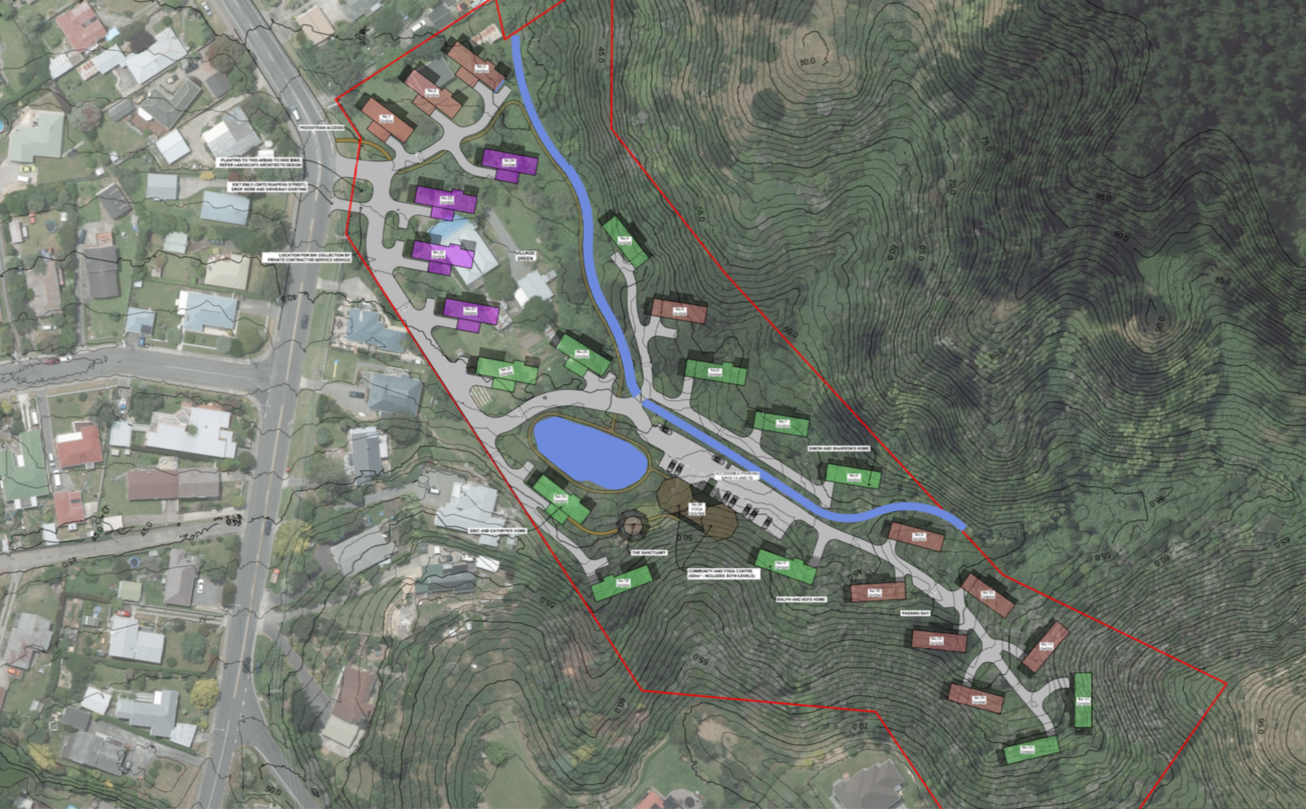
An eco village was always likely to be outside the norm. “…going to Council with our proposal was quite innovative”, explains Simon. “We didn’t quite fit their criteria.”
In his commentary of the consenting process for their ‘out of the box’ project, Simon is not critical of the council. He suggests that the Resource Management Act (RMA) has been added to in an ad hoc manner. The resulting lack of cohesiveness has made the RMA less able to facilitate innovative land development.
Solutions for New Zealand Housing Issues
Simon recognises two significant housing issues in New Zealand right now; a lack of housing, and housing affordability. He hopes that the Lotus Eco Village with showcase solutions for both.
This development is a not for profit development and our goals is to build housing that is as affordable as we can make it within the constraints of costs for developing in New Zealand.
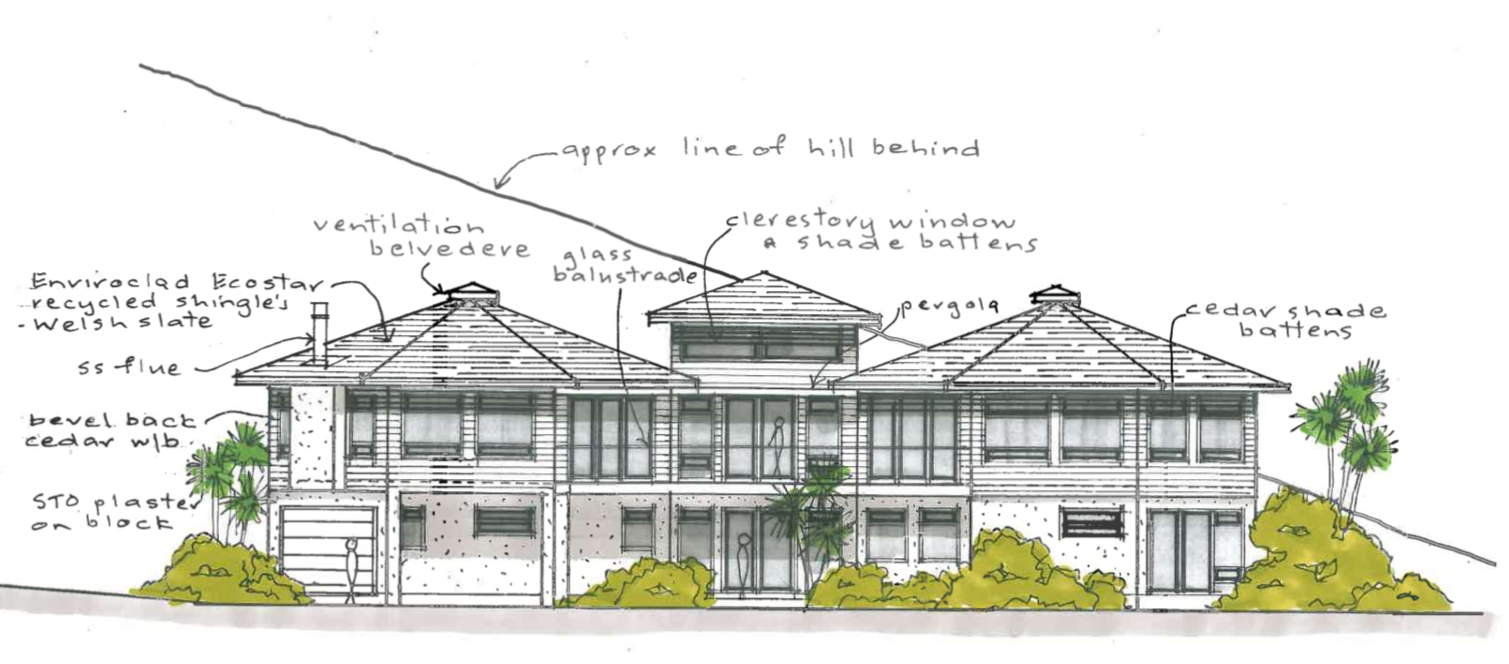
Affordability Through Project Management
Simon is applying his project management skills to make the development process as efficient as possible. Combined with careful product selection and offsite manufacturing, the Trust aims to make the not-for-profit development as affordable as possible.
Simplicity of Design
There are only two, simple floor plans for all the eco village houses. With the choice of two different roof options there will be a mix of only four house designs. This type of standardisation is another great way to keep building costs down.
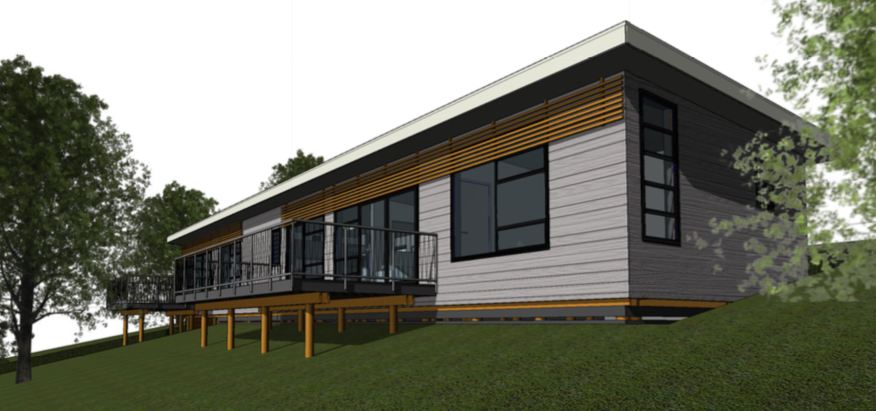
Prefabricated Factory Built Houses
The houses for the Lotus Eco Village will be built in a factory offsite. Simon estimates a staggering 35% reduction in building costs as a result of prefabrication and good project management. There are at least nine established companies operating in the North Island alone that could tender and construct these dwellings. The Lotus Eco Village will provide more evidence that prefabrication is great option for solving some of our current housing issues.
Build Quality
The budgetary savings gained through simple design, careful project management, and off site construction, will be put to good use. The spare money will allow Simon to significantly increase the quality of the buildings. Insulation levels will be well above New Zealand Building Code minimum requirements. Even after adding these extra costs back in, Simon believes that good houses can still yield a fair and reasonable return for an investor.
Natural Ventilation
Simon plans on using a combination of low windows to bring fresh air in, and high roof windows to exhaust warm air. This should naturally ventilate the houses and avoid the need for any mechanical air conditioning.
Energy Efficient Underfloor Heating
The houses will be heated using radiant underfloor pipes. The hot water flowing through these pipes will be heated with efficient air-to-water heat pumps. The result should be very comfortable, dry indoor environments and low running costs.
Low-E Double Glazing
I did question Simon on his choice of standard aluminium joinery. He explained that he’s made a financial decision to invest more in the low-E glazing and in bulk insulation instead of jumping up to thermally broken joinery. He also cited some recent commentary about window placement in the plane of the wall. If windows are mounted outside the thermal envelope (as is common practice, unfortunately), it’s certainly not ideal for thermal performance. I referred Simon to Jon Davies’ excellent discussion on the topic of ‘triple connected windows‘ in series of articles on Eboss.
Find out More
The Lotus Eco Village houses are proving popular already. At the time of writing, only 18 sites remain and marketing is not due to start until February 2019.
If you’d like to find out more, contact Simon Wallace on 029 444 7213 or simon.wallace@xtra.co.nz.
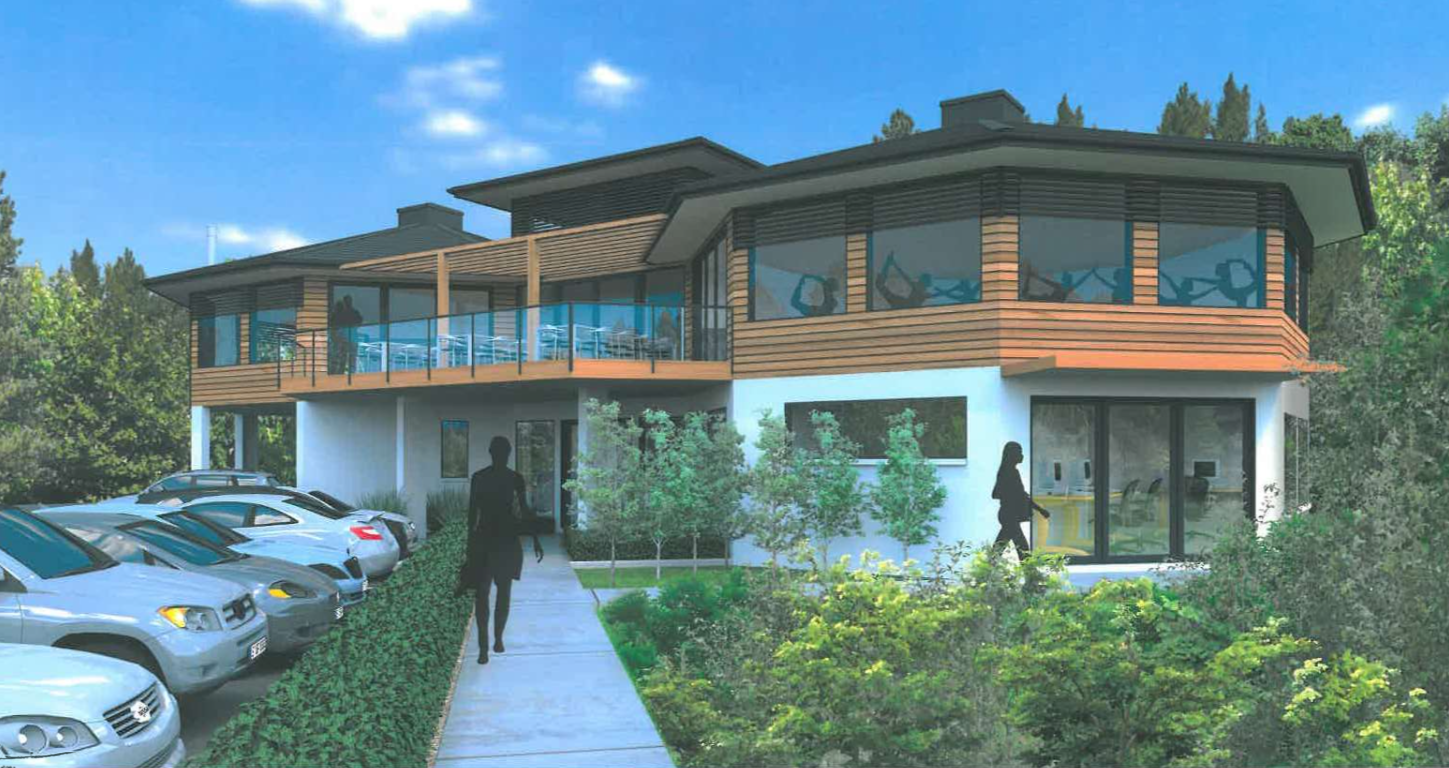
Leave a Reply